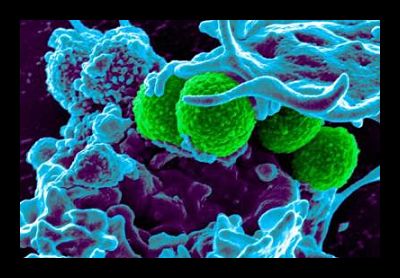
Gaza’s sewage system is in crisis.
According to The Independent, “War has stopped the plant doing the job it was built for: limiting the pollution of the Mediterranean by semi-treating the 40 million litres a day it pumps into the sea.” Sewage leakage goes directly into the sea and dirty water seeps into the ground and groundwater. The sewage system has been rendered ineffective due to Israeli restrictions on imports, infrastructure errors, continuing violence and increases in population.
Hamas’s takeover of the enclave last year was met with an Israeli embargo, limiting imports to mostly food and medicines. According to the U.N. Office for the Coordination of Humanitarian Affairs, this has affected the ability of aid groups (including the United Nations, the International Committee of the Red Cross and CARE International) to import equipment like pipes in sufficient quantities on a regular basis.
The sewage crisis is not only a result of poor maintenance, for the population of Gaza has increased from 380,000 in 1967 to nearly 1.5 million, therefore adding pressure to an already insufficient sewage system. The ongoing violence and security situation has been an ongoing threat and hindrance to the sewage crisis as well, for resources are being directed elsewhere.
The Israeli embargo limits the amount of aid and supplies that can be imported, therefore acting as a significant prevention to resolving the issue. The humanitarian situation in Gaza is exacerbated by the sewage crisis, for it has fomented issues with clean water and sanitation.
There are three treatment plants in Gaza: one in the north, Beit Lahiya, one near Gaza City and one near Rafah. The treatment plan in the south, near Rafah, is the primary treatment lagoon; however, it lacks the capacity to treat a majority of the sewage it receives. Citizens near Khan Younis are still using septic tanks, and the overload on the Beit Lahiya plant led to the creation of a “great lake” of waste water that multilateral bodies and nongovernmental organizations are attempting to slowly drain. Five people have died in a torrent of filth from a smaller lake in 2006.
According to the ICRC, “The environmental situation in Gaza is bad and getting worse…While exact statistics are unavailable, 30,000-50,000 cubic meters of partially treated waste water and 20,000 cubic meters of raw sewage end up in rivers and the Mediterranean Sea. Some 10,000-30,000 cubic meters of partially treated sewage end up in the ground, in some cases reaching the aquifer, polluting Gaza’s already poor drinking water supply.”
While there have been plans to build new plants or fix existing ones, the problem of sewage is critical. Most of the financing is currently coming from donors, though the medium and short term goals are to continue to drain the Beit Lahiya basins and work to at least partially treat all waste water. This approach, however, depends on the borders opening up and full donor cooperation, along with the willingness of companies to bid on tenders.
– Neti Gupta
Sources: Electronic Intifada, The Independent
Photo: Flickr




 With all the issues around the globe, the world’s lack of eyeglasses probably does not occur to some people. However, around 703 million people have a vision problem that requires the use of glasses—and few of these 703 million people ever get them.
With all the issues around the globe, the world’s lack of eyeglasses probably does not occur to some people. However, around 703 million people have a vision problem that requires the use of glasses—and few of these 703 million people ever get them.



